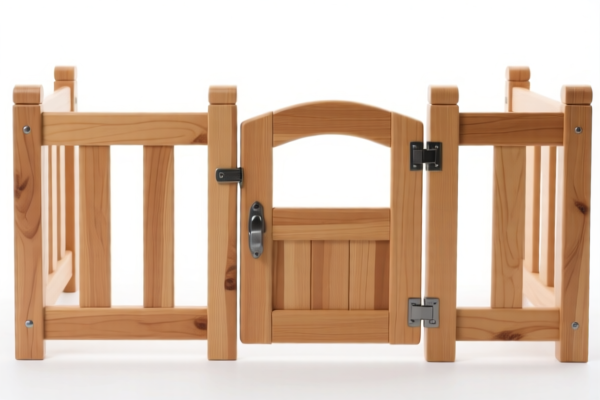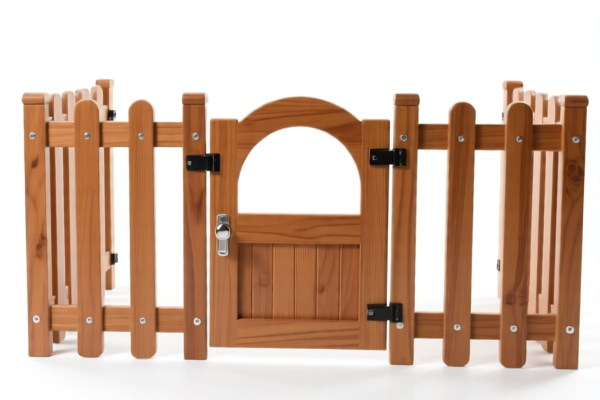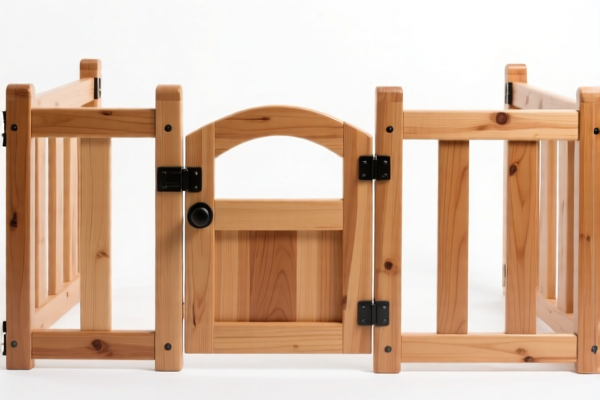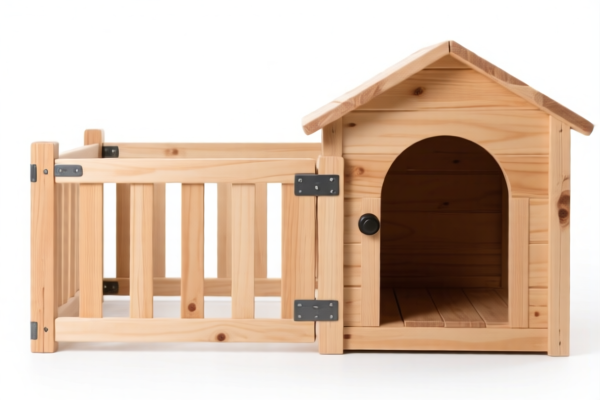| HS Code | Official Doc | Tariff Rate | Origin | Destination | Effective Date |
|---|---|---|---|---|---|
| 3926901000 | Doc | 40.9% | CN | US | 2025-05-12 |
| 3926909989 | Doc | 42.8% | CN | US | 2025-05-12 |
| 3923900080 | Doc | 58.0% | CN | US | 2025-05-12 |
| 3923500000 | Doc | 60.3% | CN | US | 2025-05-12 |
| 9620005000 | Doc | 60.3% | CN | US | 2025-05-12 |




Plastic Pet Doors
Plastic pet doors are access portals installed in doors, windows, or walls to allow pets, primarily cats and small dogs, to move freely between indoor and outdoor spaces. They are typically constructed with a rigid plastic frame and a flexible flap material.
Material
- Frame: Commonly made from durable plastics like polypropylene or ABS. These materials offer resistance to weathering and impact.
- Flap: Usually constructed from vinyl or flexible plastic. Flap thickness varies, influencing insulation and durability. Some models feature magnetic or self-sealing flaps.
- Hardware: Screws, hinges, and locking mechanisms are often metal or reinforced plastic.
Purpose
The primary purpose of a plastic pet door is to provide pets with independent access to the outdoors, eliminating the need for human intervention to let them in or out. This can be beneficial for both the pet's convenience and the owner's schedule.
Function
Plastic pet doors function by creating an opening that a pet can push through. The flap material provides a barrier against the elements and helps to contain pets indoors when desired. Some models include features like: * Magnetic closures: Create a tighter seal. * Security locks: Allow owners to restrict access. * Weatherproofing: Minimizes drafts and water intrusion. * Adjustable flap size: Accommodates pets of varying sizes.
Usage Scenarios
- Residential homes: Most commonly used in exterior doors and windows.
- Apartments/Condos: Suitable for interior doors to allow access to balconies or patios.
- Screened porches: Provides access to enclosed outdoor spaces.
- Kennels/Catios: Facilitates access to outdoor runs or enclosed yards.
Common Types
- Basic Flap Doors: Simplest design, featuring a standard vinyl flap.
- Magnetic Pet Doors: Utilize magnets to create a tighter seal and reduce draft.
- Electronic/Smart Pet Doors: Use sensors (often RFID tags on pet collars) to allow only authorized pets to enter. These can also offer features like scheduled access and activity tracking.
- Wall-Mounted Pet Doors: Installed directly into a wall, requiring more extensive installation.
- Through-the-Door Pet Doors: Designed to fit directly into existing doors, offering a simpler installation process.
- Pet Door Inserts: Fit into existing storm doors or screen doors.
Considerations
- Pet Size: Choose a door size appropriate for the pet’s height and width.
- Door Material: Ensure the door is compatible with the material of the door or wall it will be installed in.
- Security: Consider the security implications, particularly for electronic models.
- Weatherproofing: Select a door with adequate weatherproofing to prevent drafts and water intrusion.
- Installation: Determine if professional installation is required or if it can be a DIY project.
Plastic pet doors are articles made of plastics designed for the passage of pets, typically used in doors or walls. They function as access points for animals while providing a barrier to maintain security or control the environment.
The following HS codes may be relevant:
- 3926901000: This code covers “Other articles of plastics and articles of other materials of headings 3901 to 3914: Other: Buckets and pails”. While seemingly unrelated, if the pet door is manufactured as a component within a bucket or pail structure, this code could apply. The total tax rate is 40.9%, comprised of a 3.4% base tariff, a 7.5% additional tariff, and a 30.0% additional tariff effective April 2, 2025.
- 3926909989: This code covers “Other articles of plastics and articles of other materials of headings 3901 to 3914: Other: Other”. This is a broad category for plastic articles not specifically classified elsewhere. If the pet door doesn’t fit into a more defined category, this code is applicable. The total tax rate is 42.8%, consisting of a 5.3% base tariff, a 7.5% additional tariff, and a 30.0% additional tariff effective April 2, 2025.
- 3923900080: This code covers “Articles for the conveyance or packing of goods, of plastics; stoppers, lids, caps and other closures, of plastics: Other Other”. If the pet door is designed as part of a larger packaging or conveyance system for pets (e.g., a plastic carrier with an integrated door), this code might be relevant. The total tax rate is 58.0%, with a 3.0% base tariff, a 25.0% additional tariff, and a 30.0% additional tariff effective April 2, 2025.
According to the provided reference material, the HS code options related to 'plastic pet doors' are limited, with only the following 3 found.
Customer Reviews
No reviews yet.